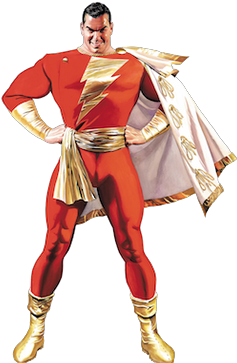
Captain Marvel, also known as Shazam and the Captain, is a superhero in American comic books originally published by Fawcett Comics and currently published by DC Comics. Artist C. C. Beck and writer Bill Parker created the character in 1939. Captain Marvel first appeared in Whiz Comics #2, published by Fawcett Comics. He is the alter ego of Billy Batson, a boy who, by speaking the magic word "Shazam!", is transformed into a costumed adult with the powers of superhuman strength, speed, flight, and other abilities. The character battles an extensive rogues' gallery, most of them working in tandem as the Monster Society of Evil, including primary archenemies Black Adam, Doctor Sivana and Mister Mind. Billy often shares his powers with other children, primarily his sister Mary Batson and their best friend/foster brother Freddy Freeman, who also transform into superheroes and fight crime with Billy as members of the Marvel Family, also known as the Shazam Family.
A minicomic is a creator-published comic book, often photocopied and stapled or with a handmade binding. In the United Kingdom and Europe the term small press comic is equivalent with minicomic, reserved for those publications measuring A6 or less.

Leonard Norman Wein was an American comic book writer and editor best known for co-creating DC Comics' Swamp Thing and Marvel Comics' Wolverine, and for helping revive the Marvel superhero team the X-Men. Additionally, he was the editor for writer Alan Moore and illustrator Dave Gibbons' influential DC miniseries Watchmen.
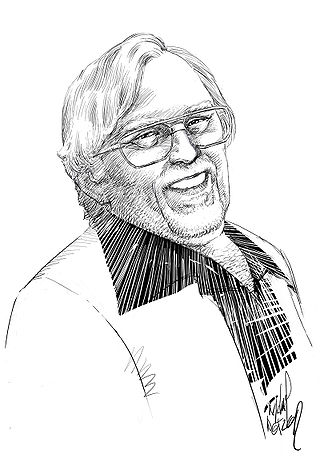
Richard Joseph Giordano was an American comics artist and editor whose career included introducing Charlton Comics' "Action Heroes" stable of superheroes and serving as executive editor of DC Comics.
Keith Pollard is an American comic book artist. Originally from the Detroit area, Pollard is best known for his simultaneous work on the Marvel Comics titles The Amazing Spider-Man, Fantastic Four, and Thor in the late 1970s–early 1980s.
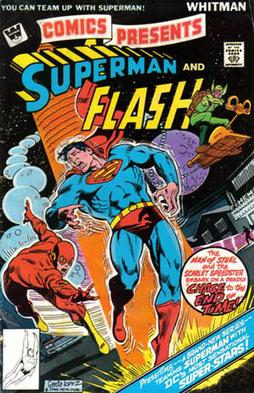
DC Comics Presents is a comic book series published by DC Comics from 1978 to 1986 which ran for 97 issues and four Annuals. It featured team-ups between Superman and a wide variety of other characters in the DC Universe. A recurring back-up feature "Whatever Happened to...?" had stories revealing the status of various minor and little-used characters.

The Power of Shazam! is a 1994 hardcover graphic novel, written and painted by Jerry Ordway for DC Comics. The 96-page story, depicting the revamped origins of former Fawcett Comics superhero Captain Marvel, was followed by an ongoing series, also titled The Power of Shazam!, which ran from 1995 to 1999.
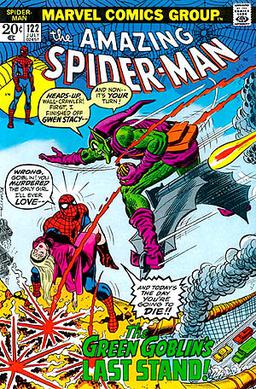
The Bronze Age of Comic Books is an informal name for a period in the history of American superhero comic books, usually said to run from 1970 to 1985. It follows the Silver Age of Comic Books and is followed by the Modern Age of Comic Books.

Captain Marvel Adventures was a long running comic book anthology series by Fawcett Comics, starring Captain Marvel during the Golden Age of Comic Books.

Uncle Marvel is a fictional character appearing in American comic books formerly published by Fawcett Comics and today by DC Comics, who appears in stories about the Marvel Family team of superheroes.
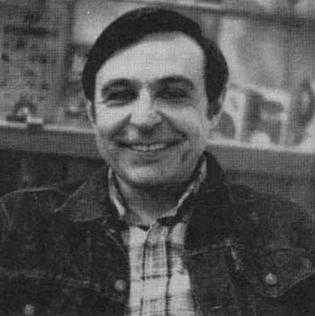
Ross Andru was an American comics artist and editor whose career in comics spanned six decades. He is best known for his work on The Amazing Spider-Man, Wonder Woman, The Flash, and The Metal Men, and for having co-created the character called The Punisher.

Liberator is an arcade game released by Atari, Inc. in 1982. It is based on the Atari Force comic book series published by DC Comics from 1982 to 1986. Liberator has been described as the opposite of Missile Command, in that the player destroys cities from space instead of defending them from the ground. Only 762 arcade machines were ever made.
Robert Kanigher was an American comic book writer and editor whose career spanned five decades. He was involved with the Wonder Woman franchise for over twenty years, taking over the scripting from creator William Moulton Marston. In addition, Kanigher spent many years in charge of DC Comics's war titles and created the character Sgt. Rock. Kanigher scripted what is considered the first Silver Age comic book story, "Mystery of the Human Thunderbolt!", which introduced the Barry Allen version of the Flash in Showcase #4.

Tawky Tawny is a fictional character, an anthropomorphic tiger who appears as a supporting character of Captain Marvel and the Marvel Family in superhero/talking animal comic book stories published by Fawcett Comics and later DC Comics.
Notable events of 1982 in comics.
Tempest, in comics, may refer to:
The Masters of the Universe media franchise has appeared in several comic book series. Most were small publications, which were included as bonuses with action figures. Standalone comic-book series were also published by DC, Marvel Comics, London Edition Magazines and Image Comics.

Limited Collectors' Edition is an American comic book series published by DC Comics from 1972 to 1978. It usually featured reprints of previously published stories but a few issues contained new material. The series was published in an oversized 10" x 14" tabloid format.

The Trials of Shazam! is a comic book published by DC Comics from 2006 to 2008. The twelve-issue limited series, written by Judd Winick and illustrated by Howard Porter and Mauro Cascioli, was later reprinted in three paperback collections. The story was an attempt to update Captain Marvel for a modern audience. It received mixed reviews from critics and its changes to the franchise were reverted shortly after it concluded.












